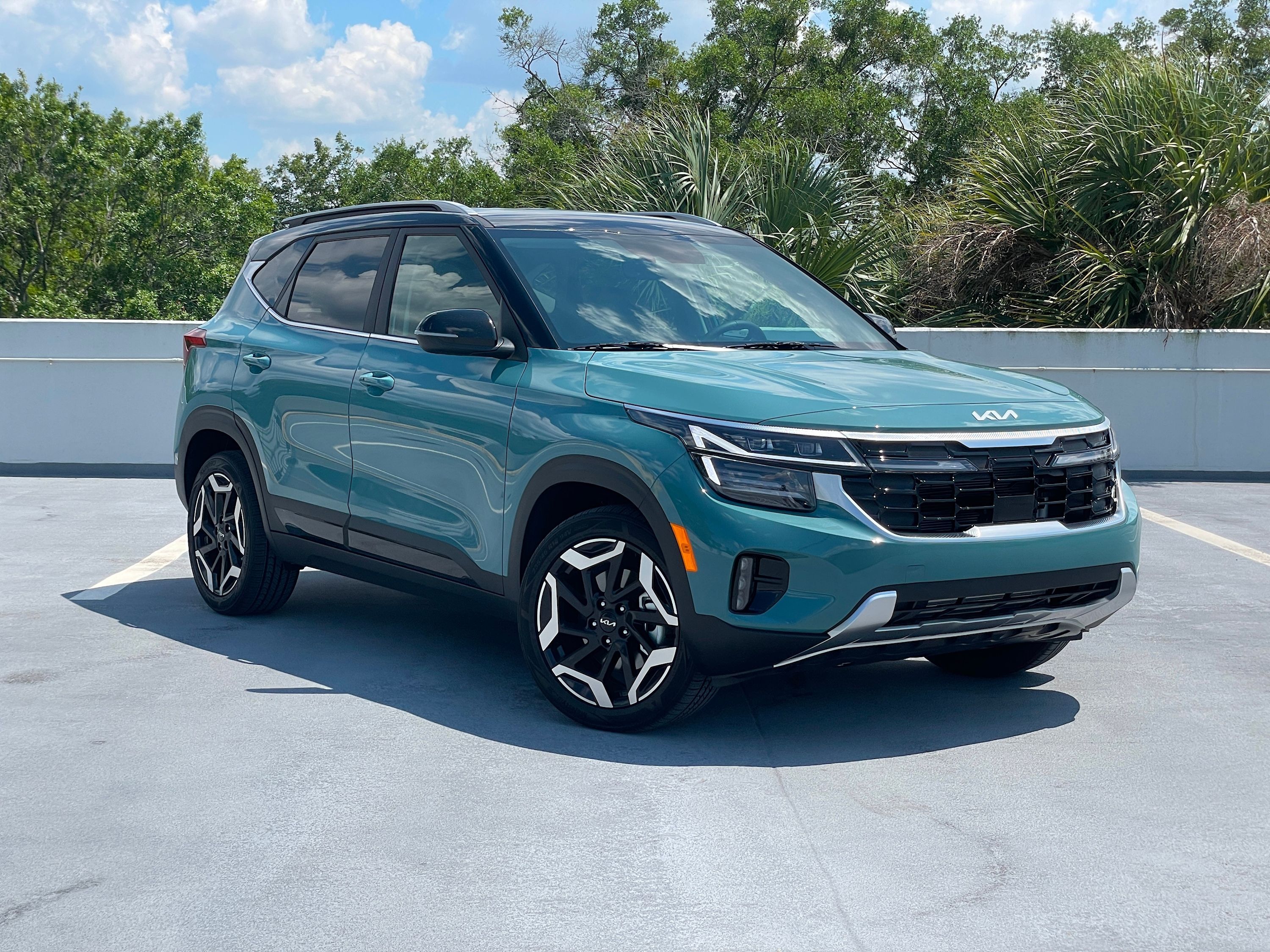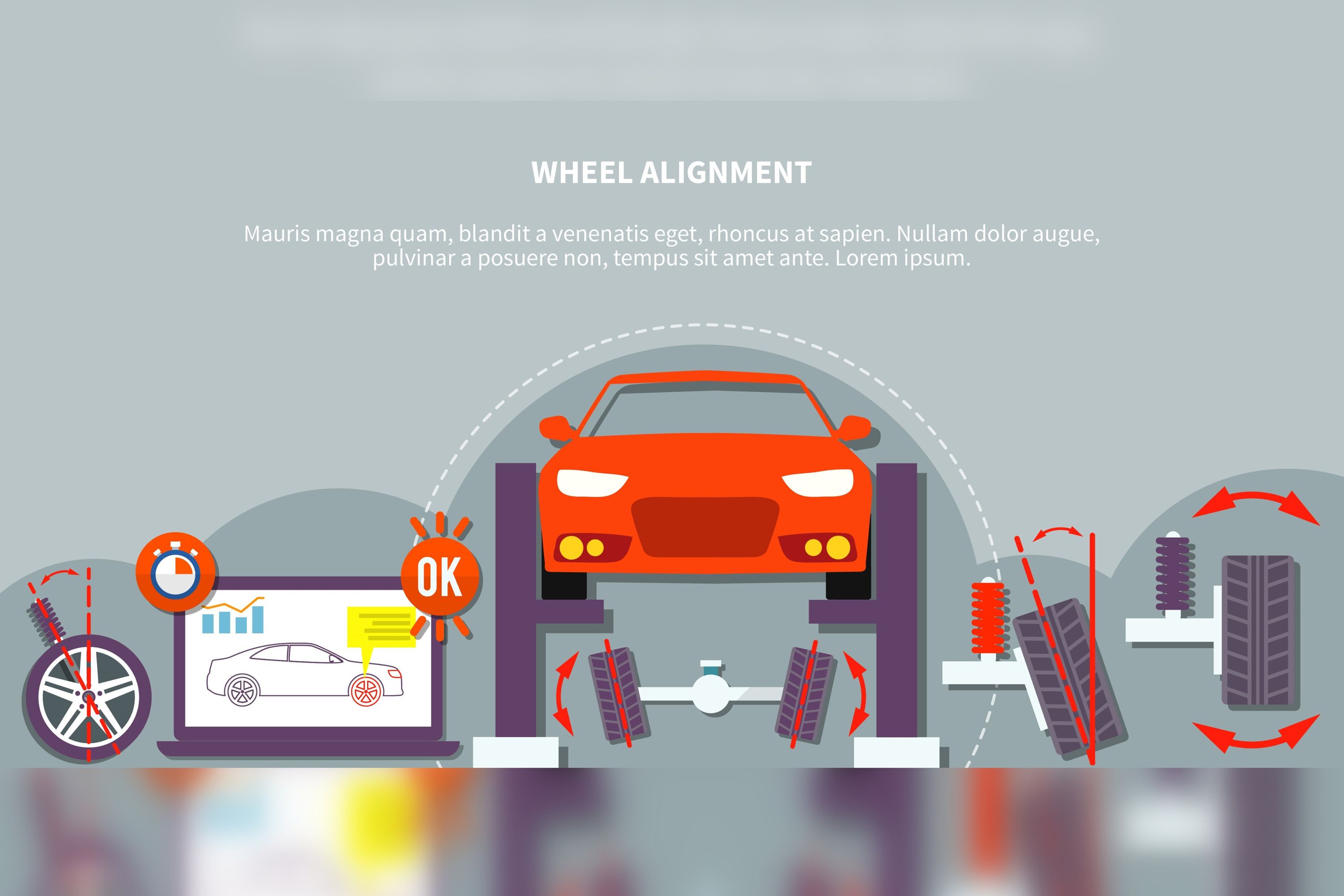
What is Wheel Alignment?
Our cars are complex pieces of machinery that can be surprisingly fragile at times, which is why even minor alignment issues in a car can cause significant problems. But, there is more to good alignment than just getting your wheels straight, as it can also involve adjusting the suspension setup.
Misaligned wheels can cause your car to drift on the road, even when you think the steering is straight. Also, when not correctly aligned, a much larger surface area of the tire comes into contact with the road. This causes unnecessary friction that, in turn, leads to excessive wear, loss of traction, and overall reduced control, performance - it can eve impact fuel economy negatively.
Signs and Symptoms of Bad Alignment
Luckily, there are a number of warning signs you can look out for that will let you know if you have any alignment issues. Some are pretty minor and may go unnoticed until they get worse, while others are obvious the moment they crop up.
In the event that you have a serious mishap on the road, such as slamming into the pavement with your Kia Seltos, or taking a dive into a particularly huge pothole with your pickup truck, you may want to keep a close eye on how your car behaves. Here are the symptoms and signs of bad wheel alignment that you should be on the lookout for:
- Restless steering - the steering wheel is off-center, even when driving straight
- Pulling in one direction - your car drifts or pulls to the side without the road surface prompting this
- Noisy steering - the steering wheel vibrates in your hands
- Uneven tire wear - the inner or outer areas of your tires are wearing faster
How to Check Alignment
Sometimes, car wheel alignment issues can arise simply from day-to-day driving. This happens when the suspension components wear down, or when the springs, tires, and shocks get displaced by heavy torque and friction from driving.
There are three types of misalignment that you may have to deal with:
- Camber - When viewed from the front or rear of the car, the inclinations of the wheels relative to the ground is referred to as camber. If the top of the wheel is leaning towards the body of the car, it is called negative camber, while positive camber refers to the wheel tops lying outwards.
- Toe - Also known as tracking, 'toe' refers to the angular position of the wheel when viewed from the top. If you were to picture the wheels of your car as feet, looking down, toe-in would be when the front part of your foot (your toes) are pointed inwards while the heel juts out. Toe-out would be the opposite - heels tucked in towards the body, with toes pointed outward. Neutral toe is when the wheels are pointing straight ahead. Most cars should be set somewhere between neutral and a slight toe-in position, which improves stability on road.
- Caster - This is harder to spot with the naked eye, since it measures the angle of the steering axis relative to vertical. Positive caster refers to when the steering axis tilts back towards the driver, while negative caster is the opposite. Caster has an effect on steering feedback, stability, and cornering. When the caster is not aligned correctly, the steering can feel overly heavy or light, depending on whether caster is positive or negative.
Where to Get Your Alignment Done
Improperly aligned wheels can quickly get worse to the point where they become quite dangerous. This is why you should never waste time getting the problem fixed. Although there are a few things you can do to avoid causing bad wheel alignment, it is something a professional should address. A few tips to avoid misalignment include:
- Always check on your tire pressure to ensure correct inflation
- Keep to maintenance schedules and tire checks to make sure struts, shocks, and tires are in top condition - bad tires affect alignment, too
- Driving with care to avoid sudden impacts from potholes, curbs, or going too fast over speeds bumps
However, once you've diagnosed bad alignment, seek help from someone with experience. There is no shortage of auto shops around the USA that can repair suspension mechanics, if required, and address the alignment issue for you. Most tire centers offer these services.
Even if you don't notice any of the warning signs, it is important to take your vehicle in for regular checkups for the sake of safety. It is certainly better to pick up a problem early before it can turn into something more serious while you drive around. Be sure to read more on this in our Maintenance and Common Car Problems posts.
The Real Cost to Fix Alignment on a Car
The price to fix alignment for a car is generally around $75, but it can cost as much as $200 when dealing with an extended warranty. However, it is generally advised that you include tire/wheel balancing. This is offered as a separate service, though it is just as important as alignment for properly taking care of our vehicles. This can add between $15 to $50 per tire, depending on the type you have equipped.
Unfortunately, since both of these fall under the purview of maintenance, insurers in the US will generally not cover the expenses. If the alignment issues were caused by a collision with another driver, though, you may be able to claim on your insurance.

